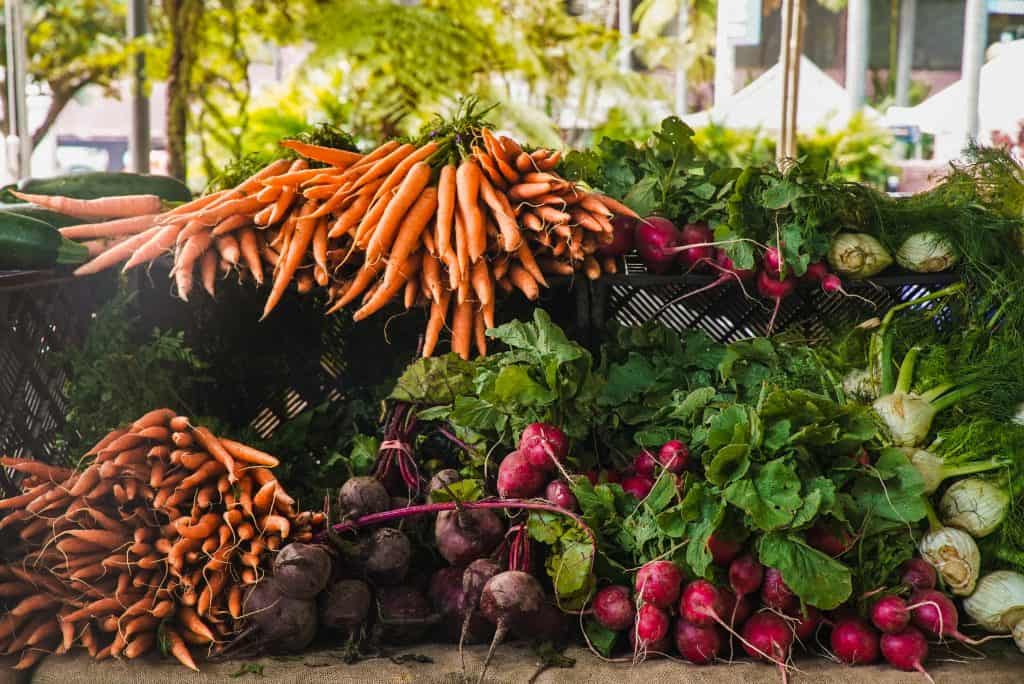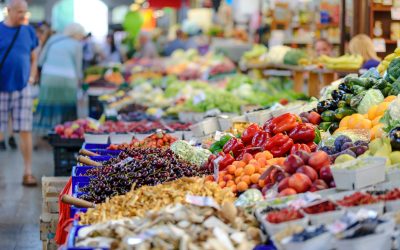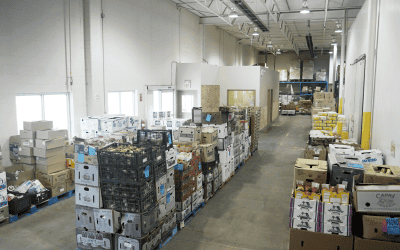January is a time for setting intentions, resolutions, and goals for the year. Make 2022 the year to eliminate food waste. (Or, at least, significantly reduce and divert it.) There’s no time like the present! Our climate is in a crisis, hunger is on the rise, pollution and waste are out of control, and the only way forward is through radical changes and pledges by all to be sustainable from this moment onward.
Just how BIG is Food Loss and Waste?
Food loss and waste take place at every stage of the food chain in developed countries. Food loss happens long before the food gets to your home or even the grocery stores. Canada, for instance, grows millions of tomatoes every year. Hundreds of thousands of them are expected to not make it to the market. This is the first break in our unsustainable food systems. Many of them won’t leave the farm or greenhouse because of many reasons, including labour shortages to harvest and consumer expectations for perfection.
The number of resources, including our precious finite freshwater, that went into over-producing our food is astounding. Post-harvest and during processing, manufacturing, packaging, storage, and distribution, more food loss takes place. “Ugly foods” and mislabeled products often go to landfills, for example. At the retail and consumer levels, is where food waste happens.
The Environmental Impact of Food Waste:
- 58% of all of the food produced in Canada is lost or wasted (35.5 million metric tonnes)
- 14% of food produced globally is lost between harvest and retail
- 17% of food produced globally is wasted (11% in our homes, 5% in food services, and 2% in retail)
- Fruits and vegetables have the highest wastage rates of any food
- Food that ends up in landfills creates methane gas which is 25X more damaging to the environment than carbon dioxide
The UN’s recent Climate Change report states that significant action must be taken to avoid global warming above 1.5˚C by 2030. Food loss and waste must be among some of the most urgent challenges to solve. For example, as deforestation occurs to plant new crops for our growing population, we must stop and ask ourselves why?

We Have Enough Food to End World Hunger
The good news is that we have enough food and farms to feed everyone and then some! We don’t need more room to grow crops for ourselves or for feed. Instead, we need to use what we have more efficiently and sustainably. We need to start valuing the preciousness of our resources (food and freshwater included).
It is up to all of us—from consumers, volunteers, and workers to governments, industries, businesses, producers, manufacturers, and distributors alike—to overhaul our broken food systems and curb our wasteful unsustainable habits.
This says nothing of rising hunger worldwide and at home in Canada. Globally, humans produce more than enough food to feed the world’s growing population. Yet, 811 million people go hungry. COVID-19, the climate crisis, and conflict have exacerbated the number of undernourished people, increasing by 161 million people from 2019 to 2020.
In Canada, one in seven folks struggles to put food on the table. Yet, in Canada too, 32% of food that is lost or wasted food could be rescued to feed those in need.
Make Your New Year’s Resolutions Impactful

Now for the good part:
- In 2021, Second Harvest rescued 41 million pounds of food and redistributed it to over 3,000 non-profits across Canada, supporting 6,400 programs helping people in need
- 4.2 million Canadians were fed from rescued food
- Average of 110,000 meals per day that was provided for by rescued food
- Averted 162 million pounds of greenhouse gases from entering the atmosphere
- That’s the equivalent of taking 22,512 cars off of the road for one year
Second Harvest had help in achieving these outstanding numbers in Canada, of course. Thousands of generous donors, including farmers, retailers, manufacturers, distributors, and organizations across many different industries, along with an army of volunteers and workers all worked together on the same goals: No hunger. No waste.
2022 is the Year to Eliminate Food Waste

You can make a 2022 resolution to rethink how you value food. Rather than overshopping, buy just what you need. Choose the “ugly carrots” in your soup. Eat your leftovers and learn about best-before dates. Or, freeze what you can’t eat right away. Inspire others to do the same. Talk to your local grocers, farmers, government officials, and manufacturers to see what they’re doing—or how you can help. Donate your time and resources or volunteer at a community organization that rescues food and feeds your neighbours in need.
Together, let’s rethink our habits and make new, better ones (for us, our planet, and our neighbours).
The only difference between illness and wellness is the “I” and “We.” Together, we can fix the problem and become a part of the solution. Let’s make this year count and make it our collective New Year’s Resolution to eliminate food waste.
Take your 2022 resolution to a whole new level—check out volunteer opportunities with Second Harvest.





